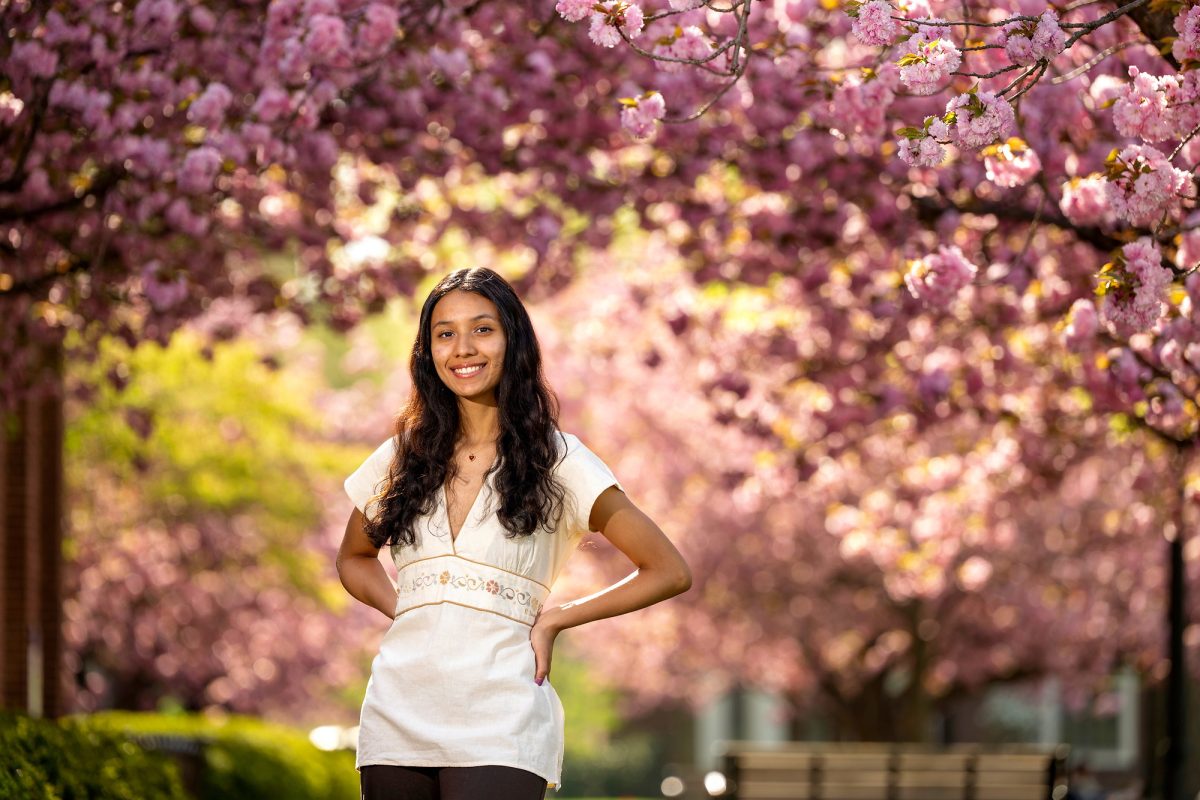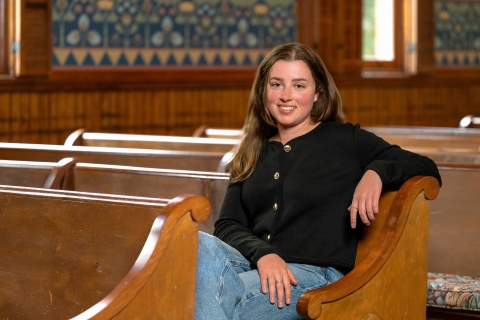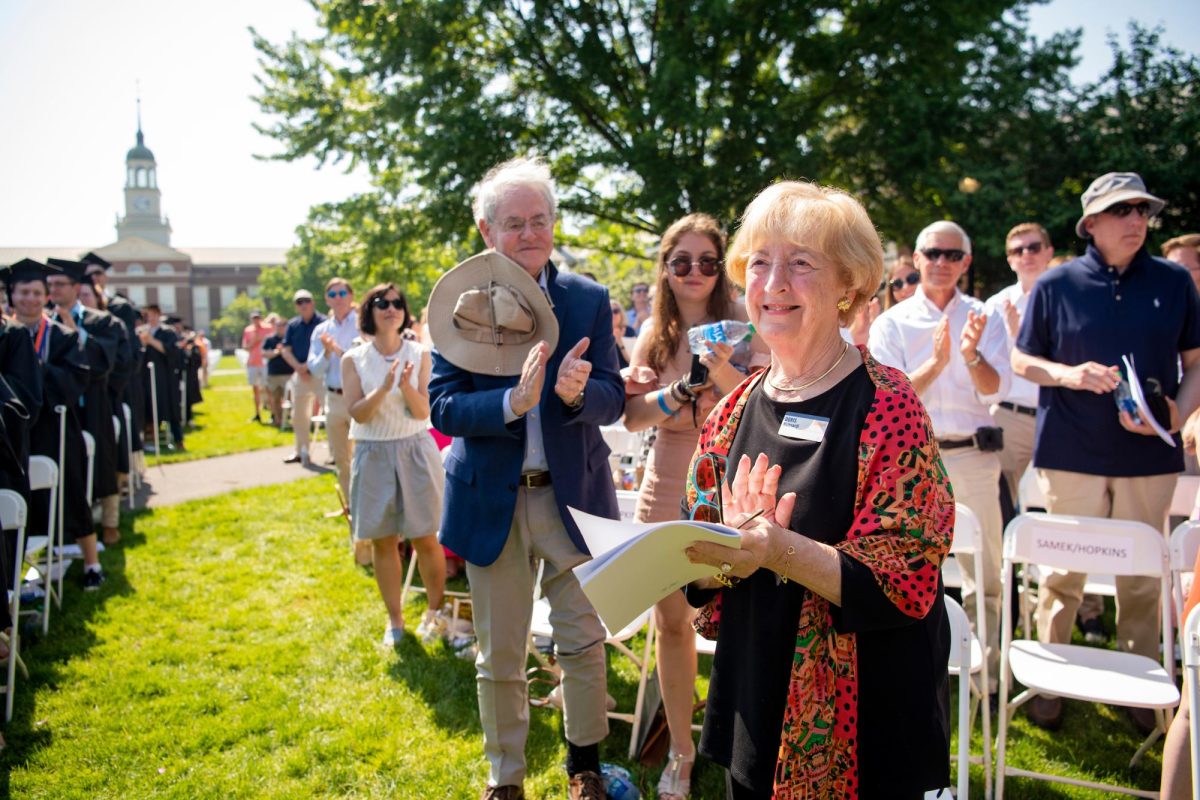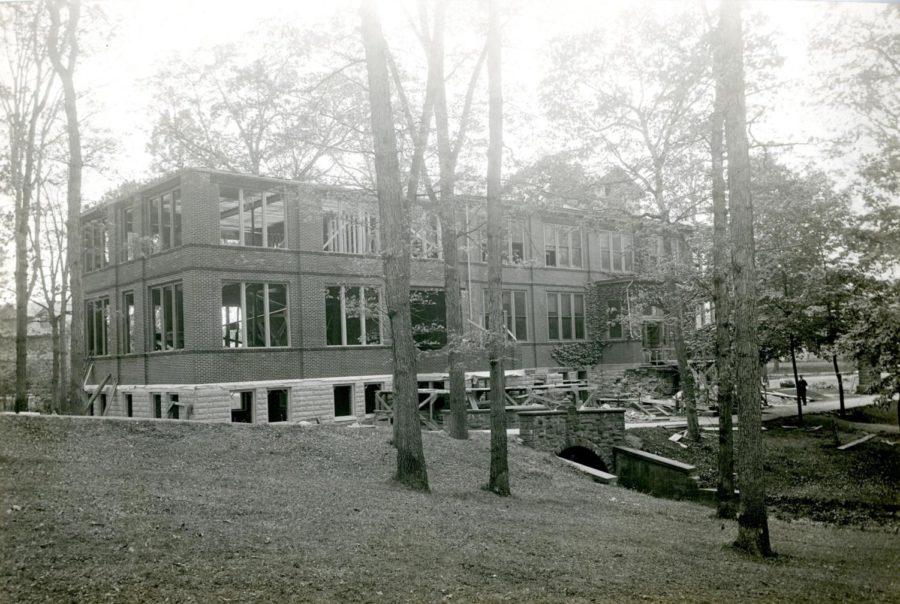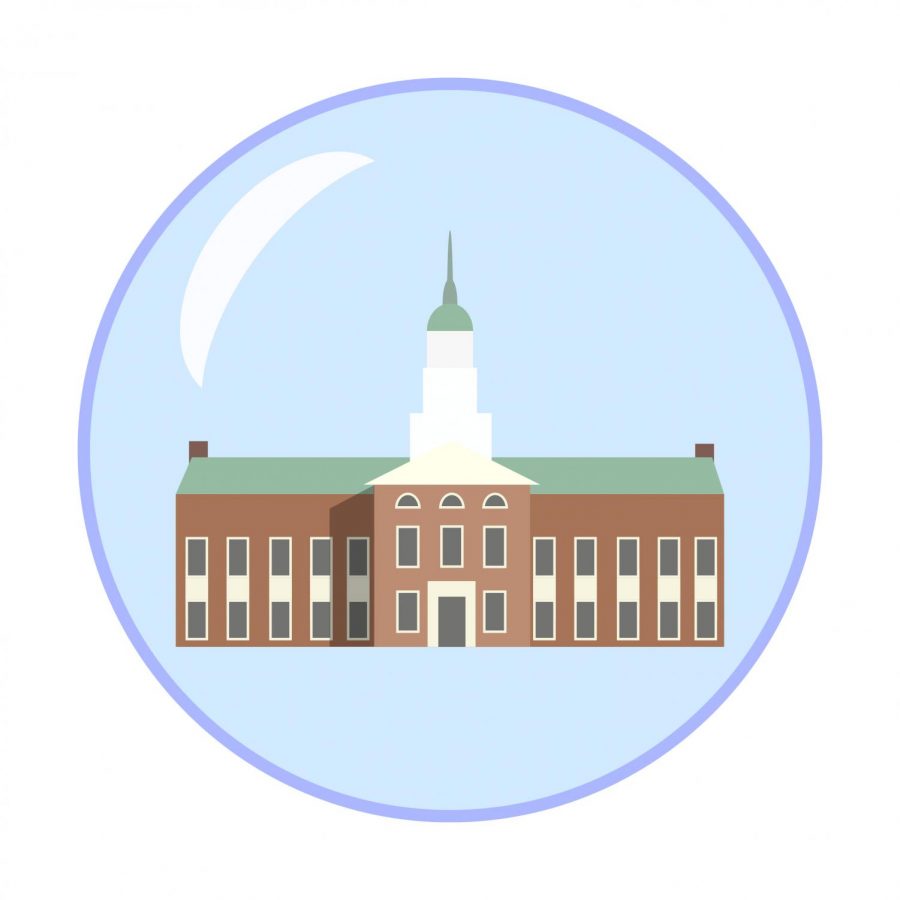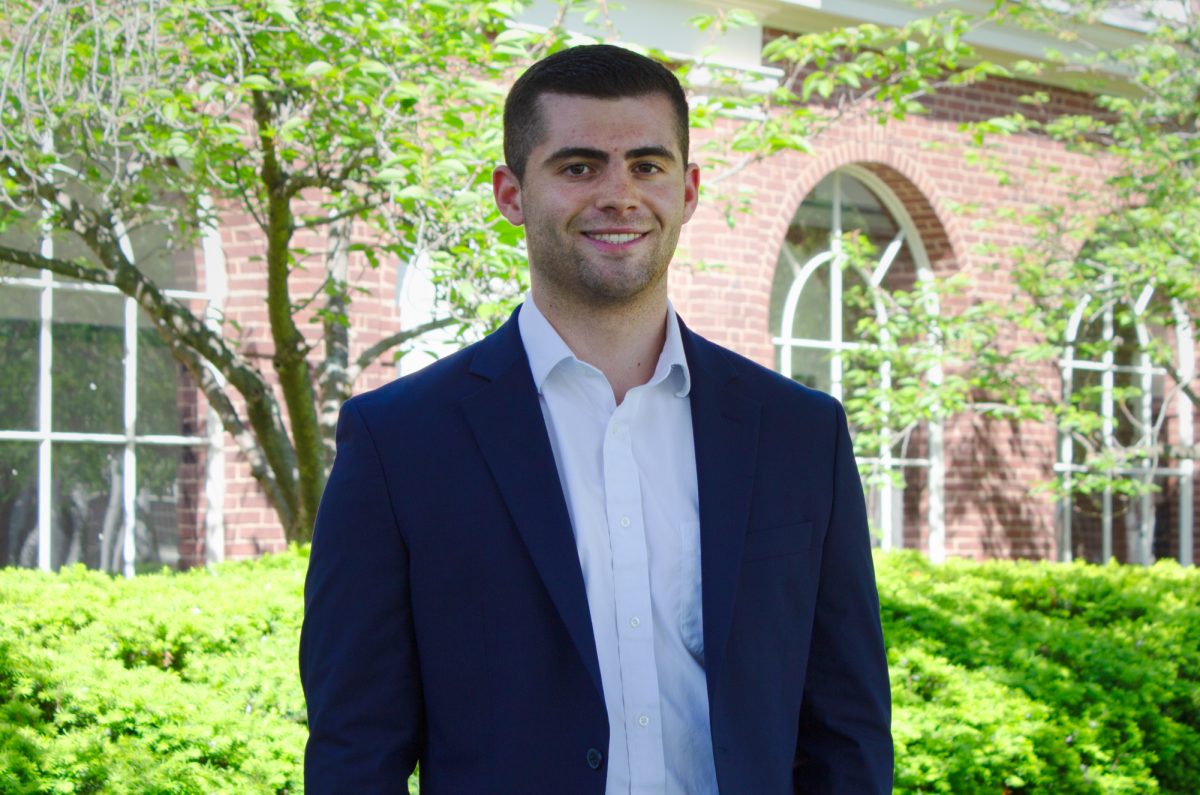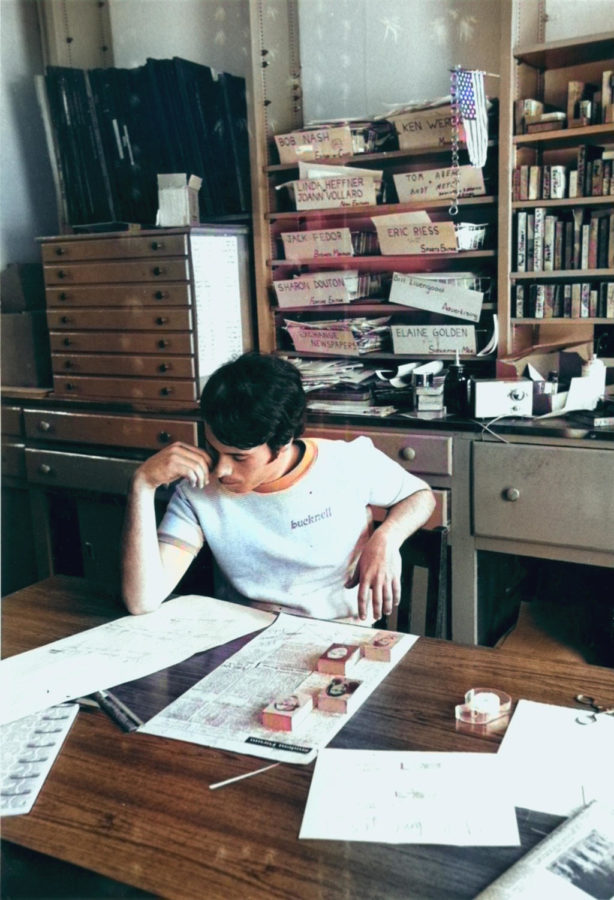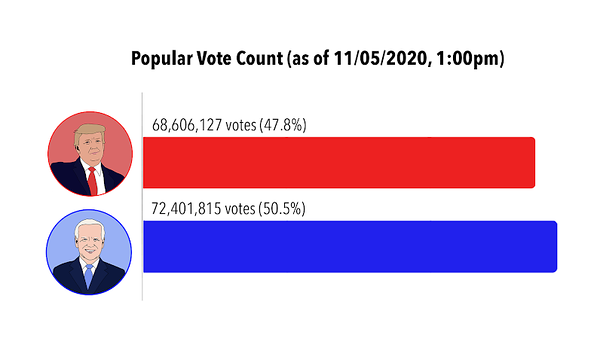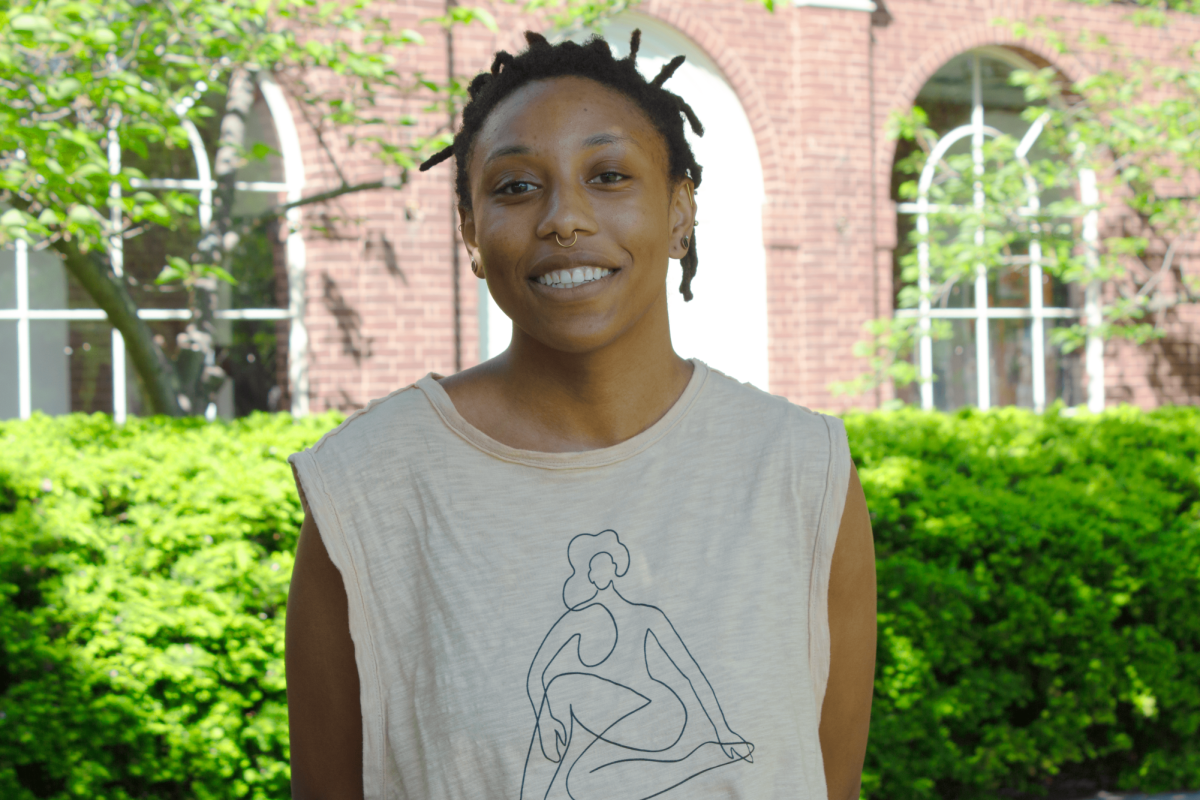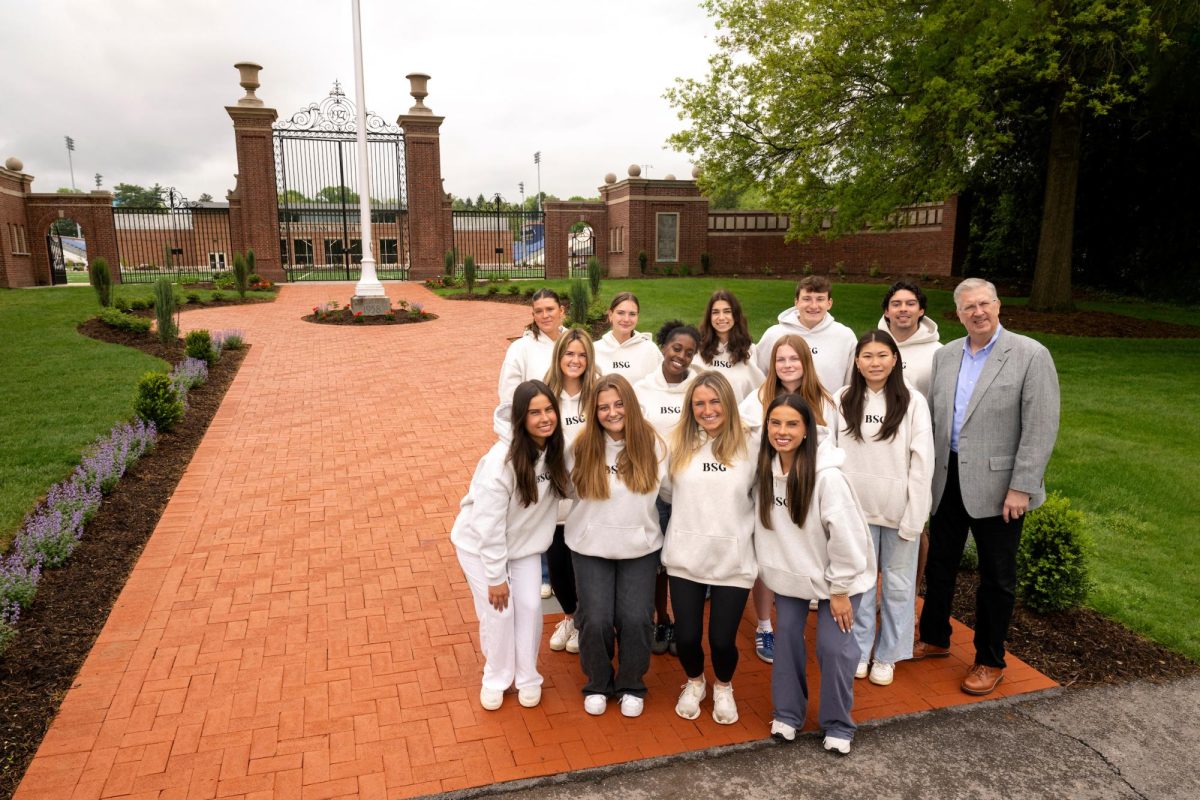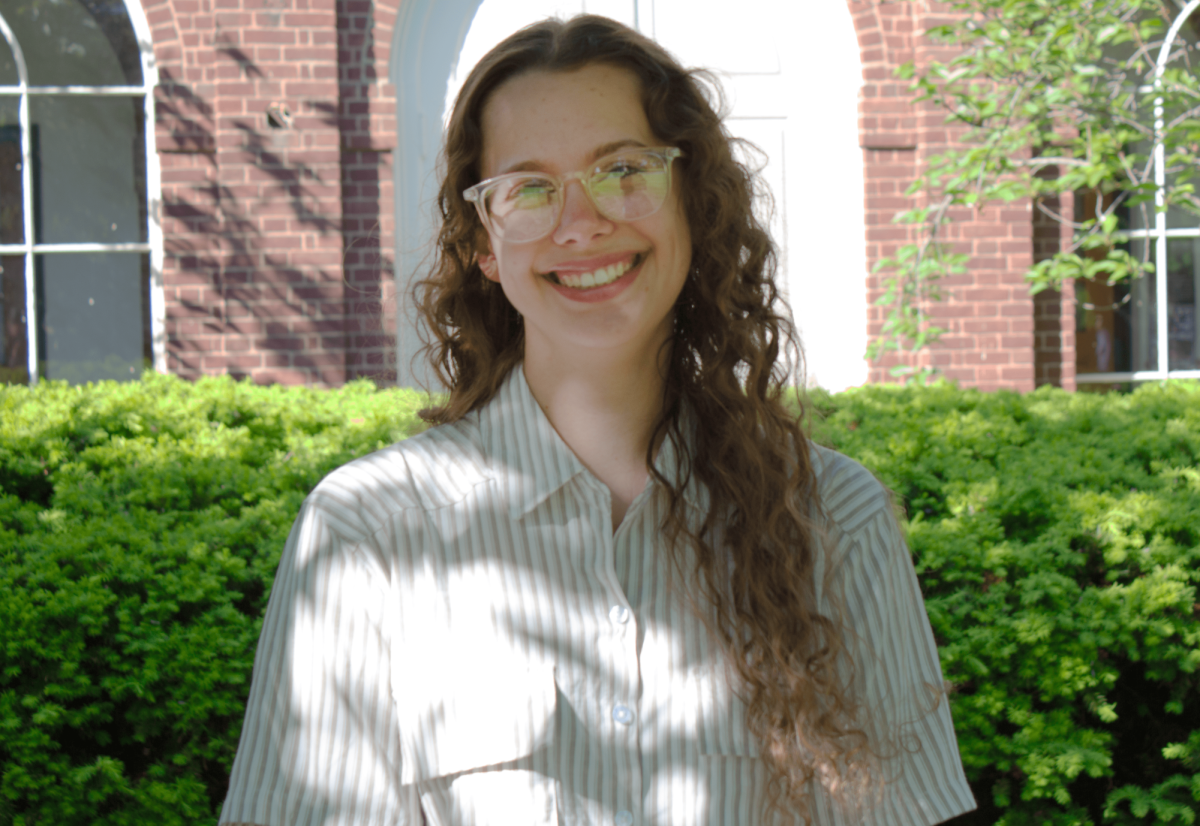On Wednesday, Feb. 19, Bucknell University President John Bravman delivered his annual University Address to the faculty and staff in the Weis Center. The address is traditionally given at the start of the academic year, but Bravman intentionally moved its delivery to this spring semester of 2025 in order to better speak to the progress the University has made towards The Plan for Bucknell 2025. Bucknell began developing the plan, grounded in shared ownership over Bucknell’s values and institutional mission, over eight years ago. He also hoped to better deliver an account of what to expect in coming years as the University begins to “envision a new strategic direction.”
Bravman first addressed the “growing anxiety, fear and anger” around the “unsettling news” that comes out of the current federal administration on the daily. In his “49 years of being ‘in college,’” as he terms his career stretching from first-generation collegiate attendance to the administrative role he holds today, Bravman has “never seen anything like what we are experiencing right now.” Some of the actions out of Washington, D.C. “could have considerable consequences for [Bucknell] and for higher education as a whole,” while others will directly impact fields “with tremendous value” to which Bucknell faculty have dedicated entire careers. He also expressed concern about the “denial of history,” some of which he is “old enough to have lived through,” which threaten the “values [of the] nation” and can be “distressing and exhausting” to deal with.
The University is “rigorously evaluating” every new policy released for “what it may mean professionally, academically and to the personal lives of our students, faculty and staff.” As important as vigilance surrounding these issues is, though, as “some of the acts in Washington may have lasting impacts,” Bravman emphasized that “today we [must] focus on the long-term trends” concerning higher education as a whole and “position [Bucknell] to remain resilient” and continue to stand out.
Bravman is confident that Bucknell currently resides in an “era of strength.” Through preparation, “careful stewardship” and innovation, “we are ready—the state of Bucknell is sound.” Challenges will continue to arise, but Bravman is determined to “use the full measure of our shared creativity […] wisdom, […] insight [and] care” to move the University forward and “shape an ambitious evolution.”
Within his address, Bravman also explicitly acknowledged the contributions and commitment from faculty, recognizing that they “chose to further [their] careers at Bucknell,” where they “make profound contributions to bodies of knowledge” and “play an essential role in our shared success.” Any progress he celebrates is “progress that we celebrate together.”
The COVID-19 pandemic affected The Plan for Bucknell 2025, as the University had to shift gears to confront and overcome all that had to be dealt with over that period. But even through COVID, Bucknell retained 95% of its student body and has continued to do so over the past two years. The Plan for Bucknell 2025 also contained goals of increasing Bucknell’s “discount rate,” or the percentage of financial aid that the university is able to offer to reduce tuition. The current “discount” is about $100 million per year, reflecting Bravman’s belief that “a more accessible university is a more enriched university.” That being said, Bucknell has not held pace with the points of affordable entry and discount ratings of “several comparable institutions.” Moving forward, Bravman hopes to continue to fundraise and effectively “allocate the University’s budget across the board.” For students already enrolled in one of Bucknell’s scholarship programs, the Center for Access & Success was established to provide a cohesive system of support, opening Bucknell to students from community colleges, underrepresented regions or those who may not be able to afford a higher education otherwise.
Bucknell is “not immune” to the many challenges facing universities nationwide, but it does have “distinct advantages” as it addresses “hard realities directly and smartly” and remains “resilient” in the face of application rate changes—fairly uniquely, application rates to Bucknell have grown where many other universities’ have fallen. The Class of 2029 was selected from the second-largest applicant pool in Bucknell’s history.
Bravman also reassured faculty that “Bucknell is financially sound.” Recent years have seen Bucknell expand to “a three-college structure” and it has “built new spaces to enhance the residential learning environment and give staff and faculty modernized research facilities, laboratories and lecture halls.” Over the course of these improvements, Bucknell maintains a sterling academic reputation, in part because, within nine months of graduation, “93% of Bucknell graduates are employed, enrolled in graduate school or making their mark on the world through meaningful public service.”
Bucknell does expect to “reach the $100,000 mark in the next five years,” but Bravman recognizes that they “cannot ask much more from our students and their families,” considering too that the institution “remain[s] committed to lowering the financial barriers to entry.” As financial developments continue, Dan Hungerford, recent hire in the position of the Vice President of Finance and Administration & Chief Financial Officer, will “continue providing updates on Bucknell’s financial outlook in order to be as transparent about our situation as possible.” But no matter what, Bravman made it clear that “inaction is not a viable course.”
As changes continue to be implemented, Bravman says Bucknell will “continue to invest in the University’s greatest strength and our greatest resource: our people.” This will be accomplished through a “new professional development program” as well as “adequate […] compensation: salary and benefits.” He discussed a “comprehensive study” the University is carrying out to attempt to ensure that “compensation is fair and competitive.”
Bucknell will be “launching the largest fundraising campaign in the University’s history,” beyond a simple call for donations. It will be “a fully integrated plan” that will be a part of the next strategic plan being developed, “compelling supporters with our shared values and shared vision for the future of Bucknell.” More details will be announced as the “public phase,” which will probably come to fruition sometime in 2026, draws nearer.
As the future beckons and changes are implemented to the University by federal law and its own decree, Bravman “look[s] forward to going through this process” alongside the Bucknell community of faculty and staff. “We have much to be proud of” as it stands, but he hopes, moving forward, to direct the university towards “new and bold idea[s]” that “represent change” in the spirit of Bucknell’s ongoing legacy. He closed by posing a question to the assembled faculty: “What greater potential do you see? What do you think we can become?”
The full transcript of Bravman’s speech can be found at https://www.bucknell.edu/feb-19-2025-university-address.
